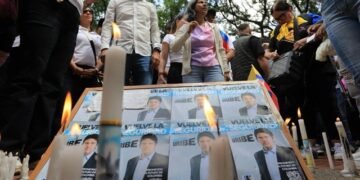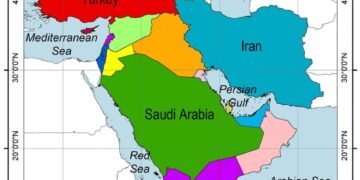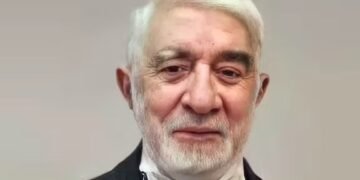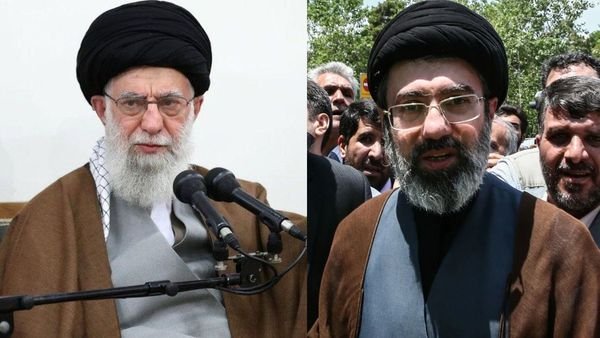Editor-in-Chief: SHAPOUR-T
The succession of Ali Khamenei, the Supreme Leader of the Islamic Republic, is a sensitive and complex issue that has garnered significant attention within Iran’s current political climate. In recent months, the regime has strategically highlighted the name of Mojtaba Khamenei, the leader’s son, in public discourse. The aim appears to be to stage his succession in a way that seems natural and the result of a collective decision, should Ali Khamenei be removed from the political scene due to death or incapacitation.
Propaganda Efforts
In recent months, the regime’s increasing focus on Mojtaba Khamenei’s name in official ceremonies and state-controlled media has been evident. From religious events to promotional messaging, efforts are being made to portray him as a legitimate, pious, and qualified figure for leadership. This calculated campaign aims to prepare public opinion for a smoother transition of power.
Corruption and Key Figures in the System
Both Ali Khamenei and Mojtaba Khamenei have long been accused of corruption. Ali Khamenei’s role in systemic corruption, suppression of protests, restricting freedoms, and empowering oppressive forces like the Revolutionary Guards has been well-documented. Mojtaba has followed in his father’s footsteps, playing a key role in organizing the violent crackdowns on recent protests, solidifying his image as a security enforcer and oppressor.
Engineering Legitimacy for a Predetermined Outcome
The regime is trying to sell the idea that Mojtaba’s succession would be the result of a “collective decision,” rather than a preordained plan orchestrated behind closed doors. However, evidence of heavy involvement by the Revolutionary Guards and other security institutions in this process reveals the opposite. This strategy underscores that the regime’s primary concern is maintaining power within a tight circle of loyalists rather than reflecting the will of the people.
Implications and Challenges Ahead
- Internal and International Legitimacy Deficit:
Mojtaba Khamenei’s involvement in suppressing dissent and his association with the regime’s corrupt structure make him a contentious figure. His succession is unlikely to be accepted even among some traditional supporters of the regime, deepening its legitimacy crisis. - Potential for Larger Protests:
Any move to cement Mojtaba’s leadership could spark new waves of protests, particularly in a society already exasperated by economic hardships, corruption, and political oppression. - Division Within the Regime:
Efforts to position Mojtaba as the next leader may widen internal rifts within the establishment. Even among the Revolutionary Guards and conservative factions, resistance to consolidating power within the Khamenei family could emerge.
Conclusion
The regime’s attempts to prepare public opinion for Mojtaba Khamenei’s succession reflect its desperation to ensure survival amidst growing discontent. While such maneuvers might achieve short-term gains for the regime, they are unlikely to address the structural weaknesses and loss of public trust that have eroded the Islamic Republic’s foundation. Whether this strategy prolongs the regime’s hold on power or serves as a catalyst for profound changes in Iran remains to be seen.

 English
English






































